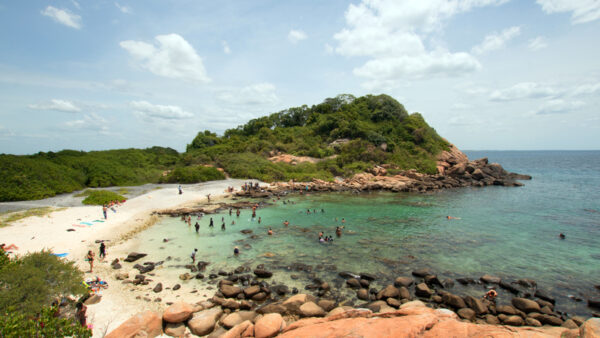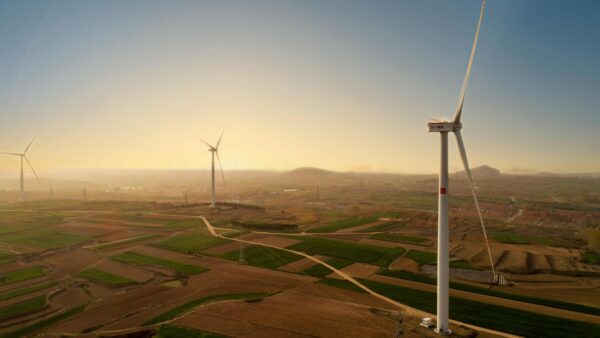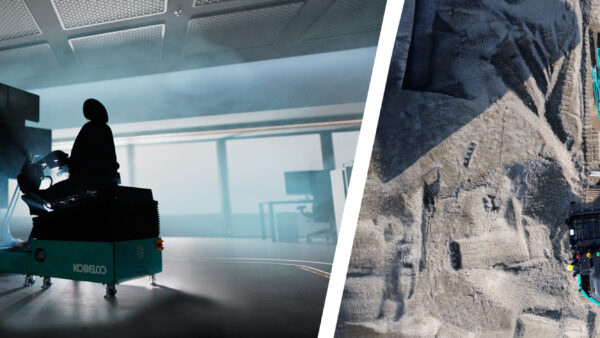Russian scientists have completed work on a giant detector and have sunk it around a kilometre below the ice of a Siberian lake.
Work on the Lake Baikal GVD telescope began in 2015. It is intended to detect neutrinos – a type of particle that has no charge and almost no mass, and so passes through matter with little interaction, but in great numbers. Every second, about 100 trillion pass through the human body at a little below light speed.
The floating observatory consists of 864 spherical glass and stainless steel units called “optical modules”, which are arranged along 24 strings over an area of around half a cubic kilometre, or 500 million cubic metres.
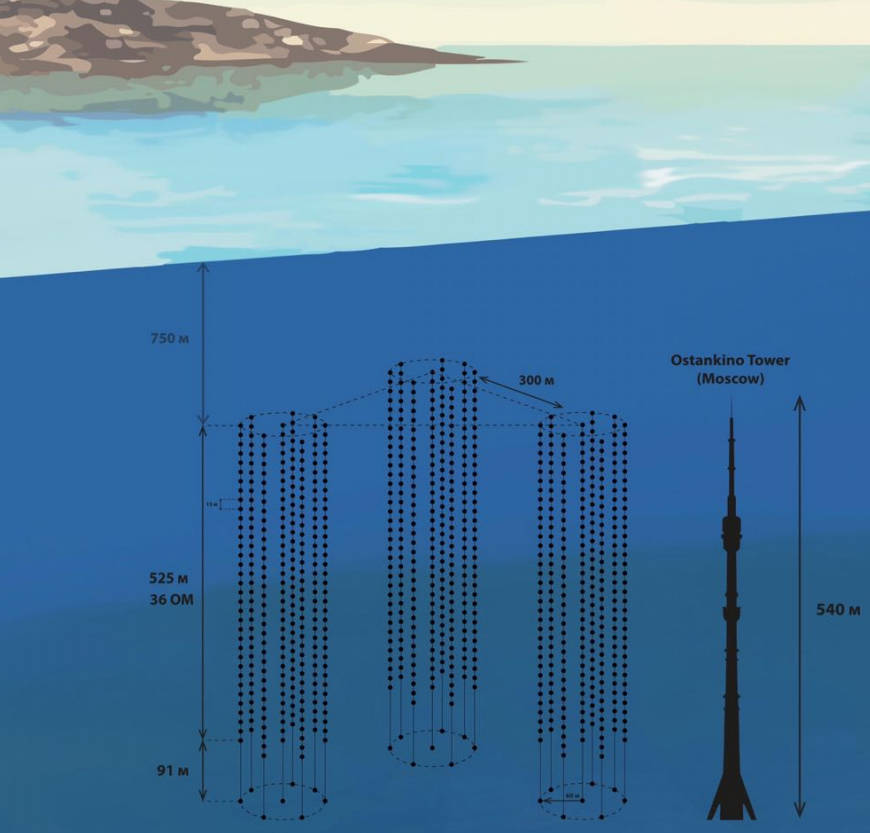
An artist’s impression showing how the detector is deployed (IOP Publishing/Bair Shoibonov/ CC BY-SA 3.0)
By 2023 this will be expanded to a full cubic kilometre containing 2,304 modules, making it about the same size as IceCube, the US neutrino telescope embedded in a cubic kilometre of Antarctic ice.
Russian scientists say the telescope is the largest neutrino detector in the northern hemisphere and Lake Baikal is an ideal site for it.
Bair Shoibonov of the Joint Institute for Nuclear Research told AFP that Baikal, which is the largest freshwater lake in the world, is also the only one deep enough to deploy it. He added: “Fresh water is also important for clarity. And the fact that there is ice cover for two-two and a half months is also very important.”
The aim of the observatory is to discover high-energy “cosmic” neutrinos, which will allow it to detect and study where they come from in the universe. It will also search for clues as to the nature of the “dark matter” that fills the universe.
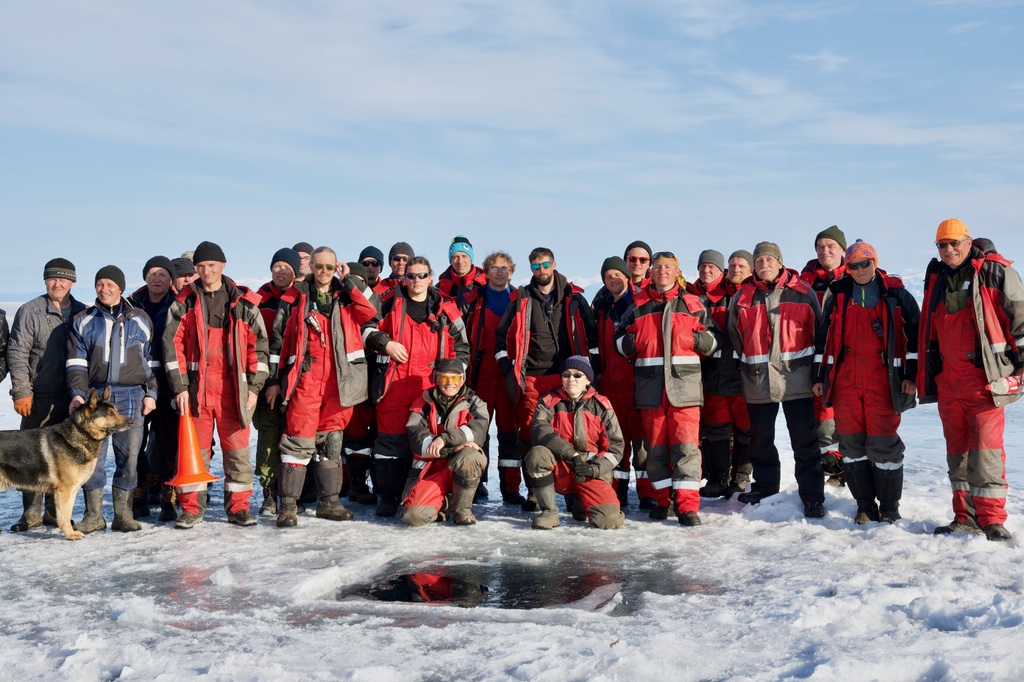
The international team of scientists working on the ice (Baikal GVD)
It works by detecting the “Cherenkov radiation” that is emitted by secondary charged particles created by neutrino interactions. This is done using ultra-sensitive photosensors, and the role of the water is to decrease the muons created in the atmosphere by cosmic rays, and to eliminate all sunlight.
One particularly strong source of neutrinos is an extremely rare occasion when there is a collision between two neutron stars – the collapsed cores of supergiant stars that are so dense that a matchbox of matter from one would weigh 3 billion tonnes.
Previously installed modules from the telescope have already detected such a collision, known as the GW170817 event, which also triggered the first ever detection of gravity waves detected in August 2017.
The telescope is the result of a collaboration between scientists from the Czech Republic, Germany, Poland, Russia and Slovakia.
In 2019, it was announced that Japan was intending to build an even larger neutrino detector. The $600m Hyper-Kamiokande observatory will hold 260,000 tonnes of ultrapure water and will be sited inside a gigantic cavern to be dug next to Hida City’s Kamioka mine.
Top image: The lake works best when frozen (Sergey Pesterev/CC BY-SA 4.0)
Further reading:






